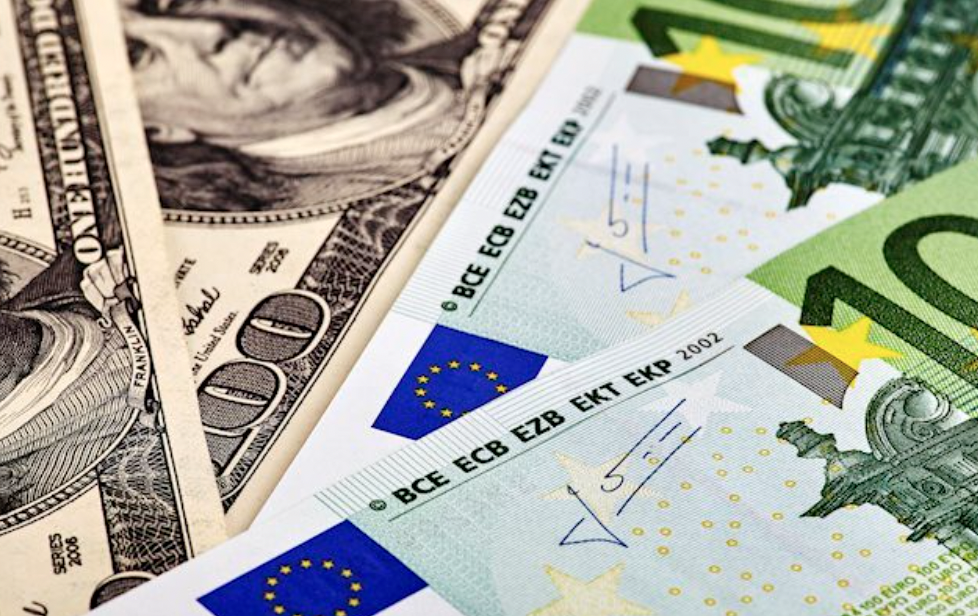EUR/USD falls below 1.00 as markets anticipate the Fed's preferred inflation rate and the Jackson Hole address
EUR/USD retreats from an almost two-decade low and reaches a new daily low. In addition to US data, the disparity between the ECB and the Fed supported prior recovery movements. Prices are impacted by geopolitical news and anxiety preceding major data/events. Statistics from Germany and the United States will adorn the calendar, but Powell's defense of hawkish policies will be the focal point.


After hiding for three days, the EUR/USD returns to the bear's table as it falls below 0.9965 during Friday's Asian session. The latest weakness in the main currency pair may be attributable to reports about the European Central Bank (ECB) and the cautious tone preceding Fed Chairman Jerome Powell's address at the Jackson Hole Symposium, not to mention the crucial US PCE inflation data.
Late Thursday, Reuters cited unidentified sources as indicating that ECB reinvestments could continue alongside rate hikes, which in turn confronts EUR/USD bears who fear greater inflation in the bloc. The news surrounding China, Taiwan, and Iran may also impose a downward impact on the quotation.
According to Reuters, the United States suspends 26 Chinese carrier flights in retaliation to China's stance, which renews Sino-American animosity and bolsters demand for the US dollar as a safe-haven currency. Taiwan's rising military expenditure and an increase in the number of US diplomats visiting Taiwan may be related. In addition, a letter quoting Vice President Joe Biden as saying, "The United States struck Iranian-backed forces in Syria to protect American civilians both at home and abroad" went viral, challenging the previous risk-taking attitude.
It should be remembered that the mixed prints of Germany's IFO statistics and an upward revision to the country's Gross Domestic Product (GDP) for the second quarter (Q2) combined with the hawkish European Central Bank's (ECB) July policy meeting tended to favor the bulls before.
On the other side, US dollar bulls were unmoved by stronger US statistics and contradictory Fed comments. In addition, China's nearly one trillion dollar stimulus could weigh on the greenback.
Wall Street saw its largest daily increase in a week, while 10-year US Treasury yields fell down to 3.03% after jumping to 3.100% the day before. Consequently, the S&P 500 Futures are down 0.10 percent intraday as of press time.
Moving forward, EUR/USD fluctuations are contingent on Fed Chairman Jerome Powell's ability to defend aggressive decisions during his annual Jackson Hole speech.
The Fed's favored inflation gauge, the US Core Personal Consumption Expenditures (PCE) Price Index for July will also be crucial. Forecasts indicate that the year-over-year figure will decline to 4.7% from 4.8%, while the monthly figure may fall to 0.3% from 0.6% previously. Nota bene: Germany's GfK Consumer Confidence Survey numbers for September, projected -31.8 versus -30.6 before, could also influence immediate EUR/USD movements.
At press time, a two-week-old falling trend line at the parity level of 1.0000 limits the EUR/near-term USD's upside. The bears are currently aiming for the 0.9900 level before focusing on the 61.8% Fibonacci Expansion (FE) of the pair's May-August advances near 0.9855.
Bonus rebate to help investors grow in the trading world!

 English
English














